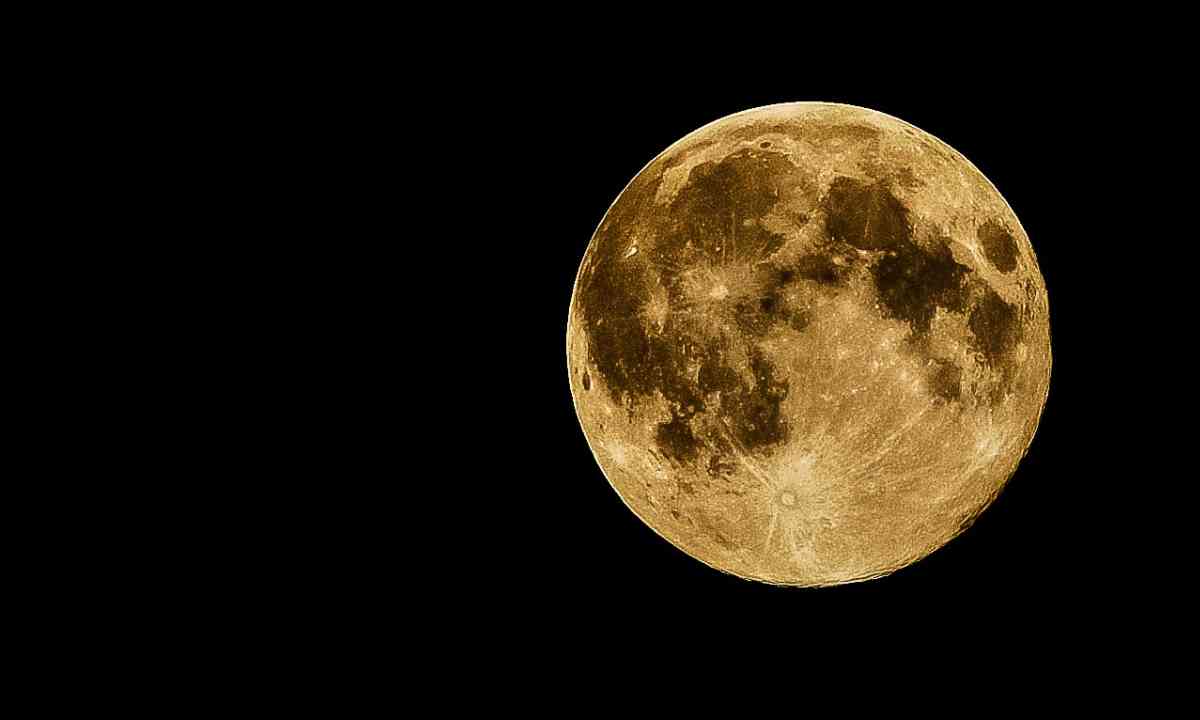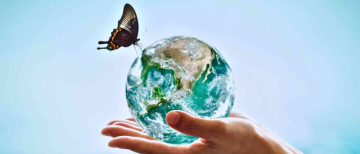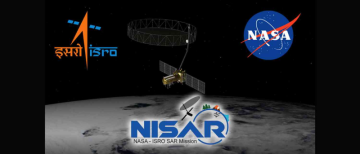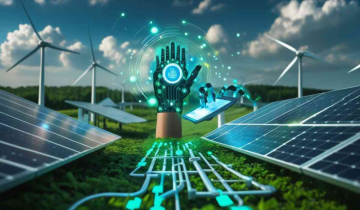The Moon is considered a gateway to Mars and a potential source of valuable resources, such as water and helium-3, which are essential for modern technology. Since the Apollo 17 mission in 1972, no humans have been to the Moon.
The NASA-led Artemis Program aims to establish a lunar outpost by around 2030. However, building a base on the Moon would require a reliable energy source, as some areas of the Moon experience bone-chilling temperatures as low as -248°C.
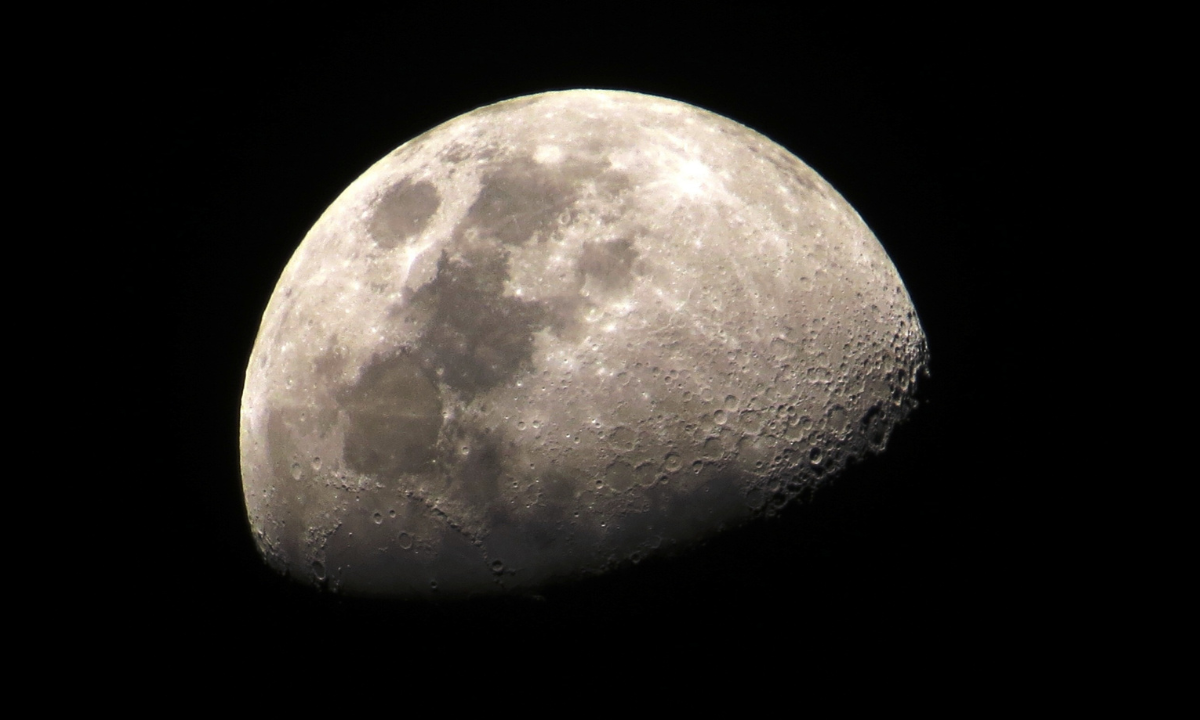
Scientists at Bangor University in the UK have developed tiny nuclear fuel cells, about the size of poppy seeds, that could potentially provide a reliable energy source for future lunar bases, according to a BBC report. The team from Bangor University collaborated with organizations such as Rolls-Royce, the UK Space Agency, NASA, and the Los Alamos National Laboratory in the United States.
The university's research team has dispatched their miniature nuclear fuel cell, referred to as Trisofuel, to their collaborators for evaluation. Trisofuel has the potential to serve as the energy source for a compact nuclear generator developed by Rolls Royce. It will undergo extensive testing, replicating the challenges of space travel, as part of preparations for its use in a lunar base by the year 2030.
It's worth mentioning that this generator is a portable device, approximately the size of a small car or something that can fit in one's pocket.
Not long ago, India achieved a groundbreaking lunar landing near the Moon's south pole as part of its Chandrayaan-3 mission. The Vikram lander executed a gentle lunar touchdown at 6.04 PM IST on August 23. This lunar mission marked India as the fourth nation to accomplish a soft landing on the Moon's surface, following in the footsteps of the US, China, and the former Soviet Union.
© Copyright 2023. All Rights Reserved Powered by Vygr Media.

